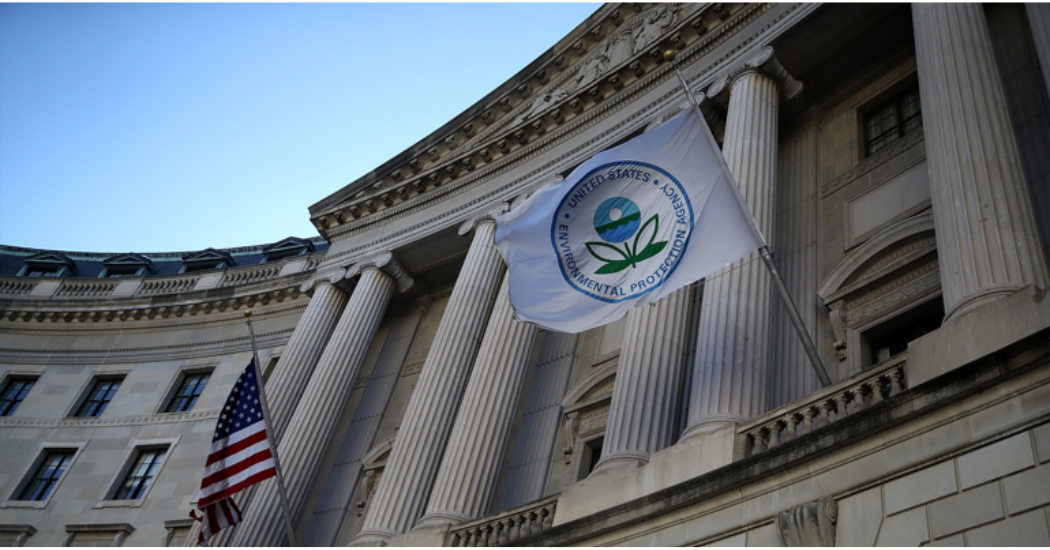U.S. Environmental Protection Agency (EPA) administrator Michael S. Reagan announced $2 billion in allotted funds to support grants for disadvantaged communities.
The funds were made available via EPA’s Emerging Contaminants in Small or Disadvantaged Communities (EC-SDC) Grant Program, with the goal of expanding access to water free of PFAS and “forever chemicals.”
“This investment reflects EPA’s commitment to addressing PFAS contamination and increasing access to funding resources for our communities,” said EPA Region 7 Administrator Meghan A. McCollister. “These Bipartisan Infrastructure Law grants will enable communities across Kansas to tackle pressing public health concerns by funding water infrastructure upgrades and treatment solutions that increase water quality.”
The investments in clean drinking water come as part of the Bipartison Infrastucture Law, which allocated $5 billion over a five-year period to PFAS reduction efforts. The $2 billion allowed states and territories to accelerate infrastructure improvements aimed at source water treatment for emerging contaminants and water testing.
“We cannot wait any longer to address water quality and the health impacts of PFAS in our neighborhoods,” said Adam Ortiz, EPA Mid-Atlantic regional administrator. “This federal funding will help Pennsylvania communities impacted by PFAS to get access to clean, safe drinking water.”
The agency also published its Emerging Contaminants in Small or Disadvantaged Communities Grant Implementation” “as a source of information for these communities regarding local water quality and public health ramifications.
States included in these investment round include West Virginia, Kansas, Missouri, Maryland and Pennsylvania.
“For years I have I urged multiple presidents’ administrations to get ‘forever chemicals’ like PFAS out of Pennsylvania drinking water and keep them out,” said Senator Bob Casey, in a statement. “This major investment, made possible by the infrastructure law, is a strong start to clean up PFAS contamination in Pennsylvania’s waters.”
Originally published by Waste360.
Read more about PFAS.





Comments